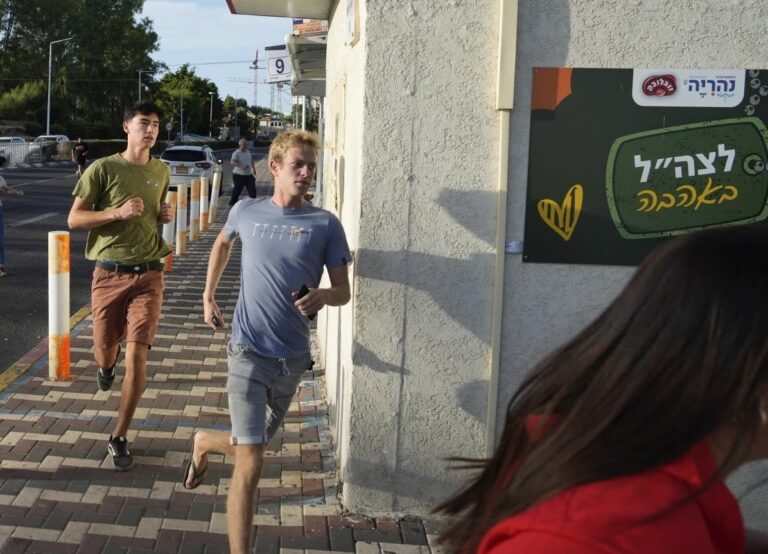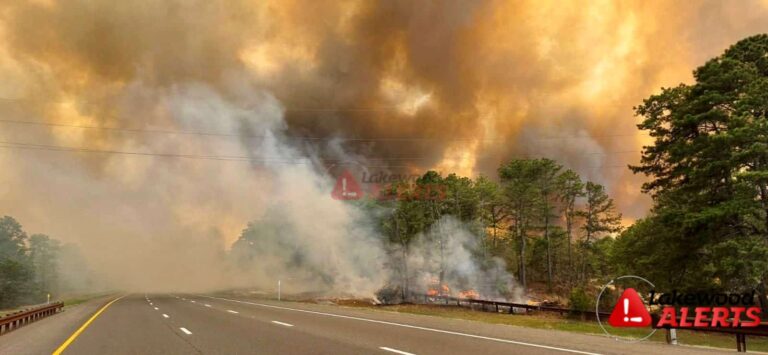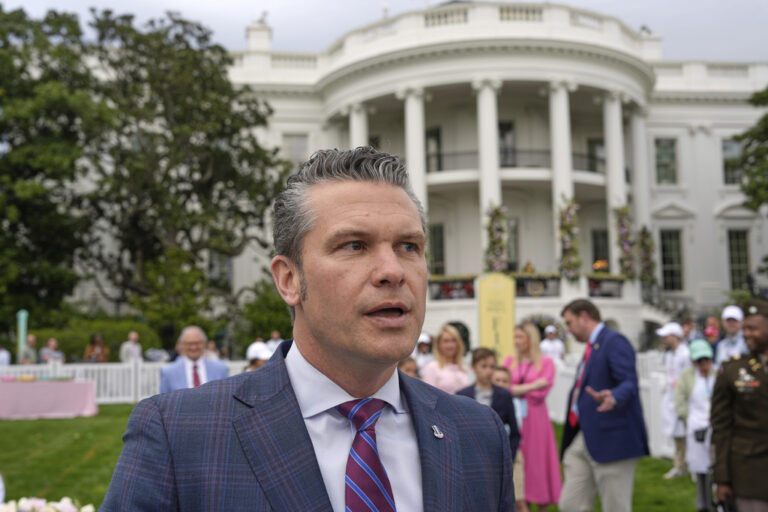 The following is a Wall Street Journal article:
The following is a Wall Street Journal article:
To dial up the best cellphone service in New York, try the Lincoln Tunnel.
Seriously. It’s wired, and there are fewer dropped calls in the tunnel than on other routes into or out of Manhattan. Across other parts of the city, service is hit and miss.
Among the worst places to make a call: the Cross Bronx Expressway, along the river on the West Side Highway, Long Island City and Sunnyside in Queens, towns on the north shore of Long Island such as Oyster Bay, western parts of Newark and a chunk of the Upper East Side between 87th and 94th streets.
For the 20 million people living in the greater New York area, spotty cellular service is a constant source of frustration. To document the extent of the problem, The Wall Street Journal examined data on dropped and unsuccessful calls compiled by the Nielsen Co., which sends out equipment-filled vans to make 140,000 test calls a year across the five boroughs, Long Island, northern New Jersey and southern Connecticut.
The results raise a pressing question: Why is the most populous metropolitan area in the U.S. plagued with dead zones?
Network quality in New York pales in comparison to that in other big U.S. cities. While Chicago, Dallas and Seattle have call-success rates well north of 98%, New York stands at 97.27%, according to Nielsen data. Those may look like slim margins, but phone calls aren’t graded on a curve. Customers expect them to work all the time.
Carriers deserve only part of the blame. The city is one of their highest-profile markets, and even as they cut capital spending nationwide during the recession, they kept budgets high in New York, even if that spending didn’t always keep up with the pace of smartphone sales.
Ask the people who build and maintain the city’s networks, and they’ll give you a dozen alternative excuses. Too many people. Too many buildings. Too much reflective glass. Too much water. Each plays a role. It all adds up to wireless dead zones dotting the city and its surrounding suburbs, making phone calls impossible in some unlucky neighborhoods, across stretches of highways and at crucial junctures on rail lines.
Take the West Side Highway, a notorious trouble spot where Nielsen recorded eight failed calls up and down Manhattan. There, phones get a signal only on one side of the road, from cell towers high atop office buildings. (The Hudson River is on the other side.) So when there’s a hiccup with a connection to the cell tower on the Manhattan side of the river, there’s no other tower to back it up, and the call drops.
Dropped calls also happen because of quirks in the way carriers have set up their networks. For example, AT&T Inc. routes calls south of 59th Street in Manhattan to a switch downtown. North of 59th, calls go to a facility in Westchester. So when an AT&T customer crosses 59th, calls can get dropped as the network reshuffles from one switch to the other. Nielsen recorded three fails on or near that dividing line. AT&T declined to discuss coverage at 59th in further detail.
Sometimes, there just aren’t enough cell sites to handle the load. That’s usually the reason when a neighborhood has a cluster of failed calls, says Mike Greenwald, a Nielsen executive responsible for evaluating telecom service. A chunk of the Upper East Side between 87th and 94th streets and western Newark are good examples.
In these areas, putting up new cell sites often means dealing with zoning regulations, pushy landlords or community resistance. In the seven years that Chris Hillabrant has been T-Mobile’s vice president for engineering in the New York region, he’s seen community resistance to new cell towers get “better funded and much better organized.”
Nielsen’s data might under-reflect users’ annoyance with the city’s networks. The company tests whether calls are successful, not their quality. So even calls no human ear could comprehend get marked as green as long as they go through and aren’t dropped.
City landlords are a particularly sharp thorn in the carriers’ side. AT&T has roughly 650 cell sites in Manhattan. Every time the carrier wants to modify one of them, it has to negotiate with a different landlord. “Outside Manhattan, you can have one landlord for a few hundred sites, but that’s just not the case here,” says Mike Maus, who oversees AT&T’s network in New York and northern New Jersey.
Carriers say they’re burning through billions of dollars in the effort to make their networks faster and more durable. They constantly monitor their networks and send field agents out to check cell sites when customers call in to complain.
In a room in its northern New Jersey offices, Verizon Wireless stocks samples of every phone the company has ever sold. They’re warehoused for Verizon agents tasked with figuring out why customers can’t make calls. When someone complains about dropped calls, the agents simulate the problem by pairing the customer’s phone model with the cell tower that dropped the call.
Yet much of the work carriers are rushing to do now, like laying down high-speed, fiber-optic connections to cell sites, could have been done earlier had carriers better planned for their capacity needs, analysts say. Carriers respond that it was impossible to predict how heavily people would be using wireless networks.
Network quality also depends on who’s running it. Nielsen wouldn’t break out its data by carrier, but a Consumer Reports opinion survey published in December ranked Verizon Wireless first, followed by Sprint, T-Mobile and AT&T. A separate PC World-Novarum Inc. ranking of download speeds in February found AT&T to have the fastest and most reliable network for data, followed by Verizon, T-Mobile and Sprint.
AT&T, which has taken a pounding over dropped iPhone calls, argues that the Consumer Reports survey is out of date and less rigorous than judgments based on actual measurements. The carrier said in April that its service in the New York metro area has improved, but acknowledged it hasn’t yet met its own quality target. It expects to hit that target this summer.
(Read More: Wall Street Journal)











5 Responses
What about making an emergency phone call in the bottom of the subway system where some of the most dangerous hoodlums lurk?
what about the dead spot on the Pallasades,near the bridge?
I think they should unwire these places on the road if the law is NO CELL PHONES WHILE DRIVING!
Mr Wheelchair, what about people in the other 4+ seats of a car?
I think people don’t realize how hard it is to manage a phone network (I am a softswitch engineer). There is never 100% up time no matter who you go with. They can put up as many towers as they want but nothing is ever perfect.
http://www.fiercevoip.com/story/ts-voip-suffers-outage/2010-05-27